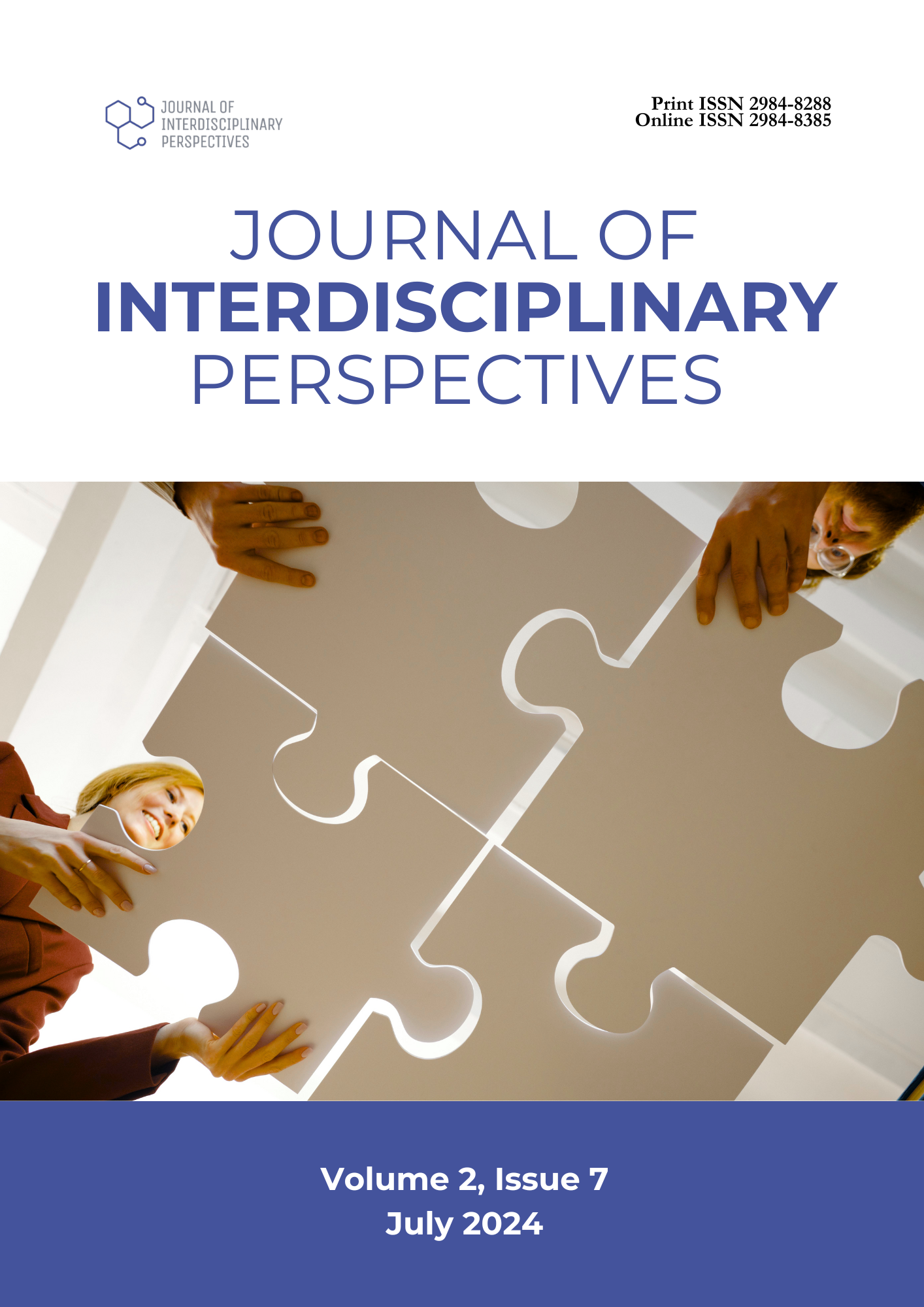Pantawid Pamilyang Pilipino Program in the Municipality of Omar: The Case of Student Beneficiaries
DOI:
https://doi.org/10.69569/jip.2024.0177aKeywords:
Pantawid Pamilyang Pilipino Program, Student beneficiaries, SuluAbstract
Since 2007, the Philippine government has implemented the Pantawid Pamilyang Pilipino Programme (4Ps), a conditional cash transfer (CCT) initiative aimed at reducing poverty and fostering human capital development among the nation's poorest households. This study investigates student perceptions of the program in Omar, Sulu, using a descriptive design with 100 student beneficiary-respondents selected via purposive sampling. Findings indicate that student beneficiaries at Capual National High School, mostly aged 16-19 and evenly split by gender, predominantly come from low-income families with parents earning 5,000 pesos or less monthly. They have been beneficiaries for 4 to 7 years. Results show high agreement among respondents regarding the program's implementation in financial assistance, health benefits, and education, with mean scores above 3.9. While there are no significant differences based on demographic profiles, positive correlations exist between financial assistance, health benefits, and education. Notably, variations are observed in financial assistance perceptions between genders and beneficiary tenure.
Downloads
References
Ajzen, I. (1991) Theory of Planned Behaviour. Amherst: University of Massachusetts.
Annan, K. (2013). Poverty. Retrieved April 3, 2014 from: http://www.un.org/cyberschoolbus/briefing/poverty/poverty.pdf
Barrera-Osorio, F., Linden, L. L., & Saavedra, J. E. (2016). Medium- and long-term educational consequences of alternative conditional cash transfer designs: experimental evidence from Colombia. SSRN Electronic Journal, 1-26. doi:10.2139/ssrn.2688674
Brameld, T. (2000) Education as Power (.Calmorin, L. P. (n.d.). Methods of Research and Thesis Writing, Quezon City:. Rex Books Store.
Cahyadi, N., Hanna, R., Olken, B. A., Prima, R. A.,Satriawan, E., & Syamsulhakim, E. (2020). Cumulative impacts of conditional cash transfer programs: Experimental evidence from Indonesia. American Economic Journal: Economic Policy, 12(4), 88–110. https://doi.org/10.1257/pol. 20190245
Chua, K. K. T. (2021, December 17). Statement on the 2021 First Semester Official Poverty Statistics - The National Economic and Development Authority. Retrieved March 8, 2022, from The National Economic and Development Authority. Ortigas Center, Pasig City, Philippines.
Crossman, A. (2017). Understanding poverty and its various types. Retrieved from https://www.thoughtco.com/poverty-3026458
Dela Torre, B. O. (2016). Financing Education through the Pantawid Pamilyang Pilipino Program (4Ps). International Journal of Humanities and Social Science, 6 (5).
Fiszbein , A., & Schady, N. (2009). Conditional Cash Transfer: Reducing Present and Future Poverty, pp.1-361.
Garcines, J. V. (2017). Pantawid pamilyang Pilipino program (conditional cash transfer program)
Ghosh, A. (2019, October 15). International Poverty Eradication Day 2019: Need for Raising Awareness To Eradicate Poverty. http://dx.di.org/10.1080/19439342.2010.519783(Accessed on 13.10.2013)
Hardeman W., Johnston M., Johnston D., Bonetti D., Wareham N., & Kinmonth A.L. (2002) Application of the Theory of Planned Behaviour in Behaviour Change Interventions: A Systematic Review, Psychology & Health, 17:2, 123-158, DOI: 10.1080/08870440290013644a
Jenson, J. (2009). Lost in Translation: The Social Investment Perspective and Gender Equality. Retrieved on November 13, 2015 from https://goo.gl/ HWVZvd
Levy, Dan and Jim Ohls .2010. Evaluation of Jamaica’s PATH Conditional Cash Transfers program, Journal of Development Effectiveness, 2:4, 421-441 Accessed at:
Luo, X. (2018). Overcoming poverty in the Philippines. Business World.
Mapa, C. D. (2019). The proportion of Poor Filipinos was Estimated at 16.6 Percent in 2018. Philippine Statistics Authority. Retrieved from: https://psa.gov.ph/poverty- press releases/nid/144752 Millennium Development Goals (MDGs (2022). RetrievedMarch8,2022,fromITUwebsite:https://www.itu.int/en/ITUD/Statistics/Pages/intlcoop/mdg/default.aspx
Montilla, M. M., Delavin, E. A., Villanueva JR., R. M., & Turco, R. A. (2015). Pantawid Pamilyang Pilipino Program (4Ps): Assistance to Pupil’s Education. Asia Pacific Journal of Education, Arts and Sciences, 2 (3).
Olfindo, R., & Fernandez, L. (2011). Overview of the Philippines' Conditional Cash Transfer Program: the Pantawid Pamilyang Pilipino Program (Pantawid Pamilya).
Paiva, L. H., Souza, P. H., Bartholo, L., & Soares, S. (2020). Avoiding the poverty pandemic: The potential of the Bolsa Familia program and the single registry for social programs to face the COVID-19 pandemic. Revista De Administração Pública, 54(4), 1097–1110. doi:10.1590/0034-761220200243x
Peck, J., & Theodore, N. (2015). Fast policy: Experimental statecraft at the thresholds of neoliberalism. Minneapolis: University of Minnesota Press.
Purba, R. (2018). Impact Evaluation of Indonesia Conditional Cash Transfer Program (BSM) on Student Achievement. European Journal of Economics and Business Studies. ISSN 2411-4073(online). Vol.4. No.1.
Reyes, C. M., Tabuga, A. D., Mina, C. D., & Asis, R. D. (2015). "Promoting Inclusive Growth through the 4Ps," Research Paper Series RPS 2015-01, Philippine Institute for Development Studies.
Reyes, D. (2022, October 14). 90% of 4Ps families still poor, says COA report. Retrieved from Philippine Daily Inquirer:
Suarez, D., & Cameron, L. (2020). Conditional cash transfers: Do they result in more patient choices and increased educational aspirations? Economic Development and Cultural Change, 68(3), 729–761. https://doi.org/10.1086/701829
Skalik. J. (2015) Climate Change Awareness and Attitudes Among Adolescents in the Czech Republic. Retrieved from: https://www.envigogika.cuni.cz/index.php/Envigogika/article/view/472
United Nations Development Program. (2020). The 2020 global multidimensional poverty index (MPI). Retrieved from http://hdr.undp.org/en/2020-MPI
Velarde, R., & Fernandez, L. (2011). Velarde, Rashiel & Fernandez, Luisa, 2011. "Welfare and distributional impacts of the Pantawid Pamilyang Pilipino Program," Social Protection Discussion Papers and Notes 63418, The World Bank. Wikipedia. (2013)
World Bank (2017). FAQs about the Pantawid Pamilyang Pilipino Program (4Ps). Retrieved from: https://www.worldbank.org/en/country/philippines/brieffaqs-about-the-pantawid pamilyang pilipino-program
World Health Organization. (2023, February 22). Maternal mortality. https://www.who.int/ newsroom/fact-sheets/detail/maternal-mortality.
Downloads
Published
How to Cite
Issue
Section
License
Copyright (c) 2025 Journal of Interdisciplinary Perspectives

This work is licensed under a Creative Commons Attribution-NonCommercial 4.0 International License.









